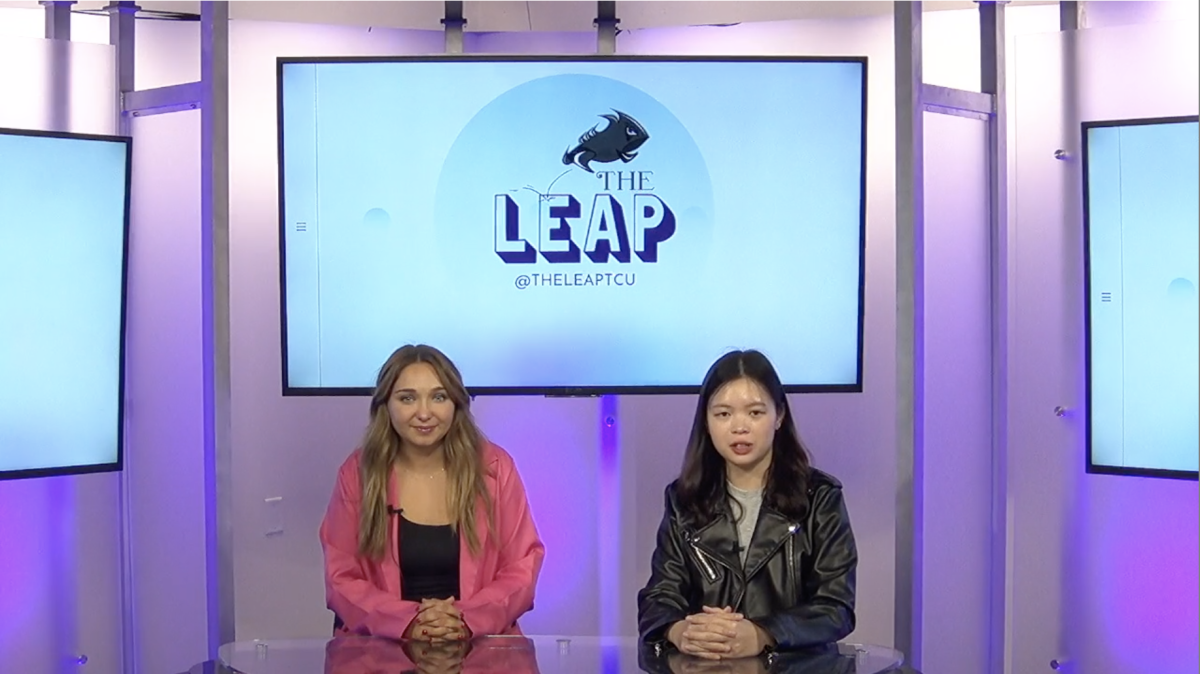British author Lewis Carroll said, "Sometimes I’ve believed in as many as six impossible things before breakfast.” Usually taken as a call to creativity, the statement should specifically frame serious action at TCU addressing rising university costs. Between 1991 and 2011, the cost of a four-year public college education increased 130 percent, while government assistance declined and reliance on student loans increased.
Increasing college costs as median family income stalls contributes to what the TCU Green Honors Chair lecturer Jacob Hacker of Yale University called the “hardening” of the gap between the upper and middle classes. Higher education should be a guarantor of social mobility, not a wrought iron gate which stubbornly guards the road of opportunity. But the puzzle remains: how to break the cycle of higher costs? The story starts close to home in several key financial statistics.
Those interested in a breakdown of TCU’s finances should investigate the TCU Factbook. In its 2012 audit, TCU reported 56.5 percent of operating revenue came from tuition, with an additional 16 percent from housing and dining services. Tuition and services accounted for 72 percent of university revenue, while private donations and public grants composed only 9 percent of university revenue.
Even with a high proportion of student and parent contribution to the university, families pay a growing premium for higher education. Increasing financial aid does not mask the increasing absolute costs of tuition for all students. The American Institutes for Research reports that private bachelors’-awarding universities gave a 36 percent tuition discount rate in 2010 compared with 32 percent in 2000, meaning a greater proportion of financial aid was distributed over time. However, more financial aid could not make up the difference in overall cost increases: net tuition revenue per student – after financial aid has been accounted for – increased 24 percent in the same period.
Though students may receive more aid proportionally, universities draw increasing revenue from them and raise costs faster than aid can keep pace. The financial crisis and decline in giving also shouldered overall operating costs onto students. Net tuition as a proportion of total operating revenue increased from 31.7 percent in 2000 to 42.1 percent in 2010 among TCU’s class of institution nationally. At TCU specifically, this grew from 44.4 percent in 2002 to 56.5 percent in 2012.
Though larger market factors raise university costs, certain internal factors in the allocation of aid and drafting of the TCU budget also increase the expenses borne by students and families. To balance this trend, I would like to float the idea of a new paradigm in finances angling toward a university “shareholder” model which considers the equity held by families.
Dan Guernsey of the National Association of Private Catholic and Independent Schools recommends private secondary schools have boards composed of 60-70 percent parents, in turn creating a “responsive and supple organization.” Furthermore, many private secondary schools hold general meetings at which all parents as “shareholders” vote on the annual budget, appoint new board members and give input in a more democratic style of governance.
Democratizing university governance fits with the standards of reputable for-profit and non-profit institutions around the country. With this model, focus increasingly turns from management of funds to stewardship of resources. A university as a non-profit institution zeroing its bottom line would have greater incentive to lower expenses to a target level of affordable student costs, rather than raising student costs to match expenses.
Rising costs of universities may be a conundrum to students and families, accepted as a given and impossible to change. But believing in impossible things is not so unusual, especially when the powerful listen. Can we break the gate barring the road to opportunity?






